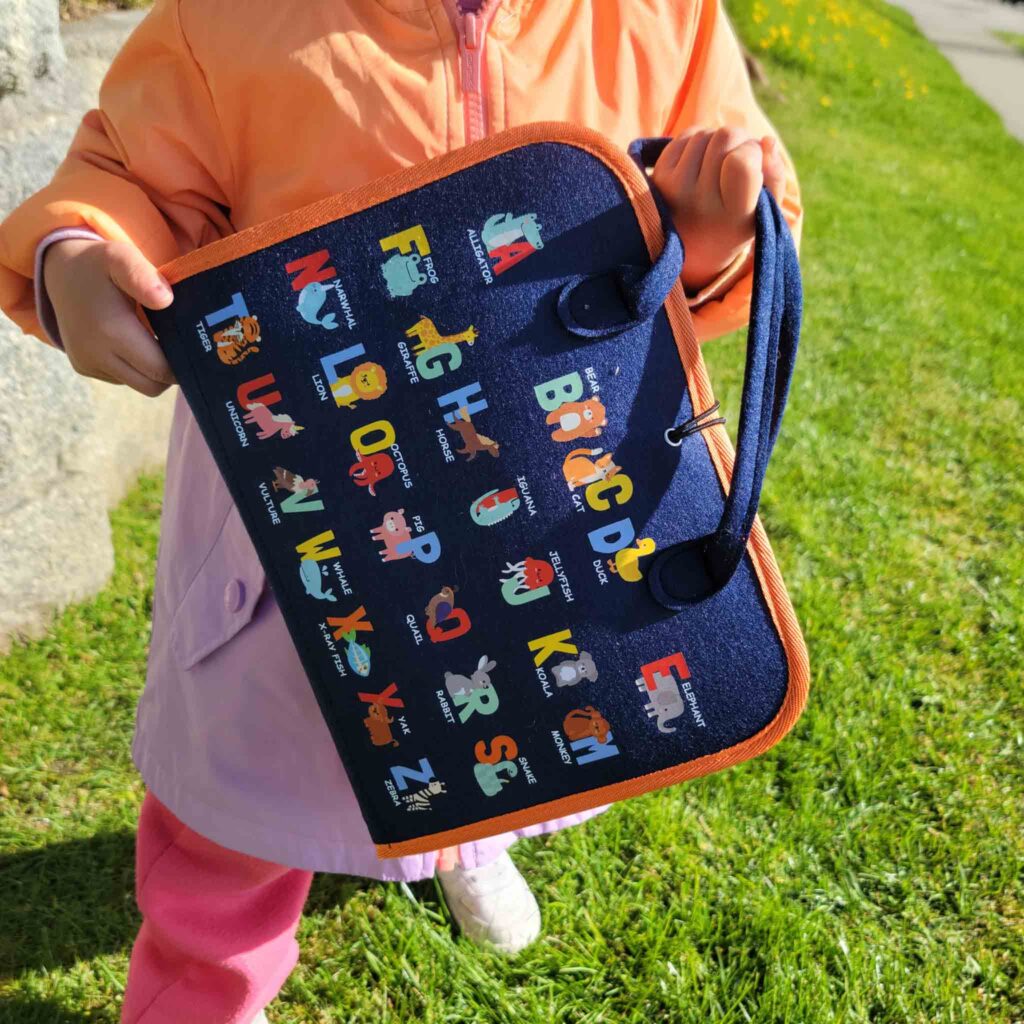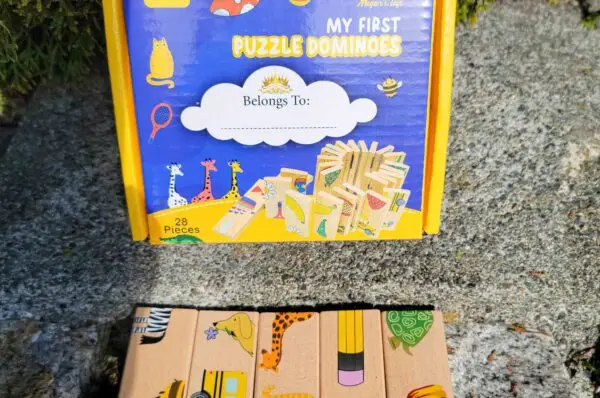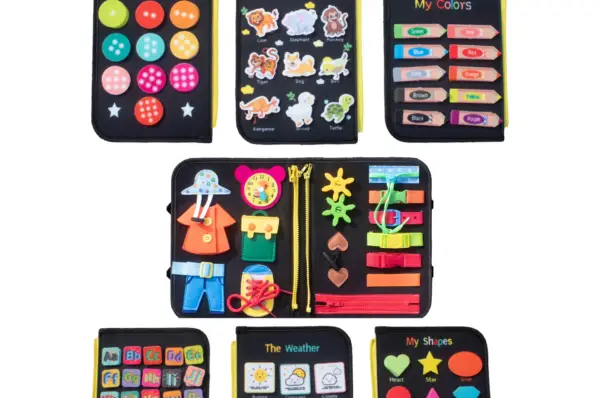When it comes to nurturing a child’s development, hands-on Montessori activities for 5-year-olds are invaluable tools. These activities are specifically designed to foster independence, creativity, and essential life skills through meaningful play and exploration. By embracing the Montessori philosophy, parents and educators can significantly enhance children’s natural curiosity and learning potential.
The Importance of Hands-On Learning
Hands-on learning is foundational in Montessori education, allowing children to actively participate and engage with their environment. This approach helps children internalize concepts more effectively, promoting long-lasting understanding and skill mastery. At age five, children are particularly receptive to sensory experiences and active play, making hands-on activities ideal for developmental growth.
Key Principles of Montessori Activities
Montessori activities revolve around key principles such as child-centered learning, independence, real-life skill development, and sensory engagement. Activities are carefully structured yet flexible, encouraging exploration and problem-solving while promoting self-directed learning.
Activity 1: Sensory Bins for Exploration
Sensory bins are an excellent way to engage a child’s senses and encourage exploration. Fill bins with diverse materials such as rice, beans, sand, or water beads. Add objects like scoops, funnels, or natural elements like leaves and pinecones. This activity develops fine motor skills, sensory perception, and imaginative play. Sensory Activities for Kids
Activity 2: Practical Life Skills – Pouring and Transferring
Practical life activities, such as pouring and transferring, strengthen children’s fine motor control and coordination. Provide pitchers, cups, spoons, and bowls, allowing children to pour liquids or transfer dry materials like beans or rice from one container to another. This simple yet engaging activity also builds confidence and independence. Montessori Practical Life Skills
Activity 3: Nature Walks and Nature Art
Encourage outdoor exploration through nature walks, allowing children to collect natural items such as leaves, sticks, rocks, and flowers. Back indoors, use these materials to create beautiful nature art, collages, or sculptures. This activity promotes environmental awareness, creativity, and observation skills. Nature Art Projects

Activity 4: DIY Color Mixing Station
Create a DIY color mixing station using small containers of primary-colored water and droppers. Allow children to experiment by mixing colors, observing new hues and shades emerge. This visually appealing activity teaches color theory, hand-eye coordination, and scientific observation skills. Color Mixing Activities
Activity 5: Building with Natural Materials
Provide children with natural building materials like wooden blocks, stones, twigs, and pinecones. Encourage them to construct towers, bridges, or imaginative structures. Building with natural materials fosters creativity, spatial reasoning, and problem-solving skills, offering endless possibilities for open-ended play. Natural Play Ideas
Activity 6: Storytelling with Puppets
Introduce storytelling activities using puppets, fostering language development, creativity, and emotional expression. Encourage children to create their own stories, performing them for friends or family. Puppet storytelling enhances communication skills and builds confidence while nurturing imaginative play. Storytelling Puppets
Activity 7: Sorting and Classifying Objects
Provide a variety of objects like buttons, shells, beads, or small toys, asking children to sort and classify them based on size, color, shape, or type. This activity sharpens cognitive skills such as observation, categorization, and logical thinking, while also developing fine motor control.
Activity 8: Gardening and Plant Care
Allow children to plant seeds, water plants, and care for a small garden. Gardening teaches responsibility, patience, and environmental stewardship. Observing plant growth firsthand provides valuable lessons about life cycles, biology, and ecosystems.
Activity 9: Montessori-Inspired Wooden Dominoes
Montessori wooden dominoes offer a playful way to reinforce counting, matching, and fine motor skills. Children can line up, match colors or illustrations, and explore cause-and-effect relationships. Such activities engage children creatively and cognitively, providing rich developmental benefits. Explore high-quality Montessori Wooden Dominoes designed for preschool learning.
Activity 10: Baking and CookingConclusion: Encouraging Creativity Through Montessori Methods
Montessori activities for 5-year-olds are powerful tools that encourage creativity, independence, and lifelong learning. By integrating these engaging activities into everyday experiences, parents and educators can significantly enrich children’s developmental journeys, fostering a genuine passion for exploration and discovery.
💬 Share Your Experiences!
Have you tried these Montessori activities with your child or classroom? Share your favorite activities and how they’ve impacted your child’s learning and creativity!




